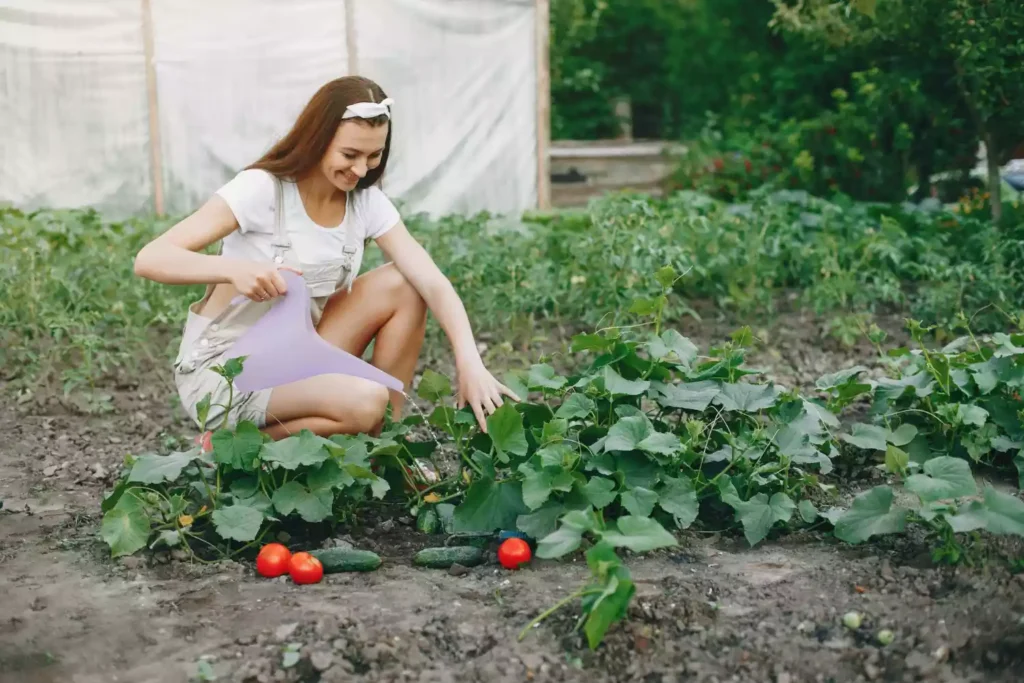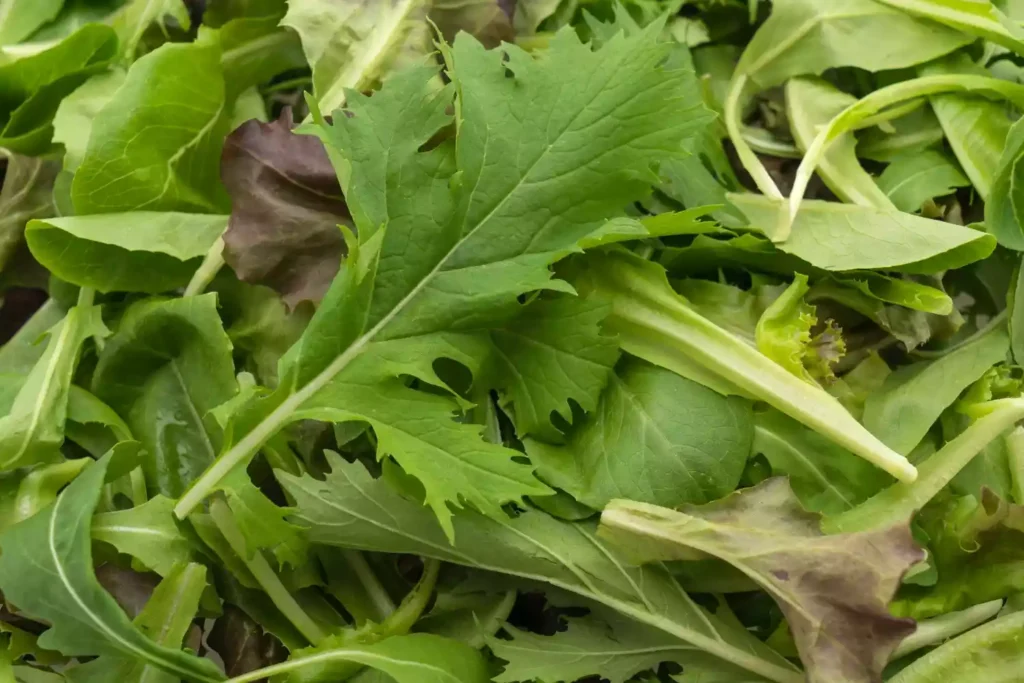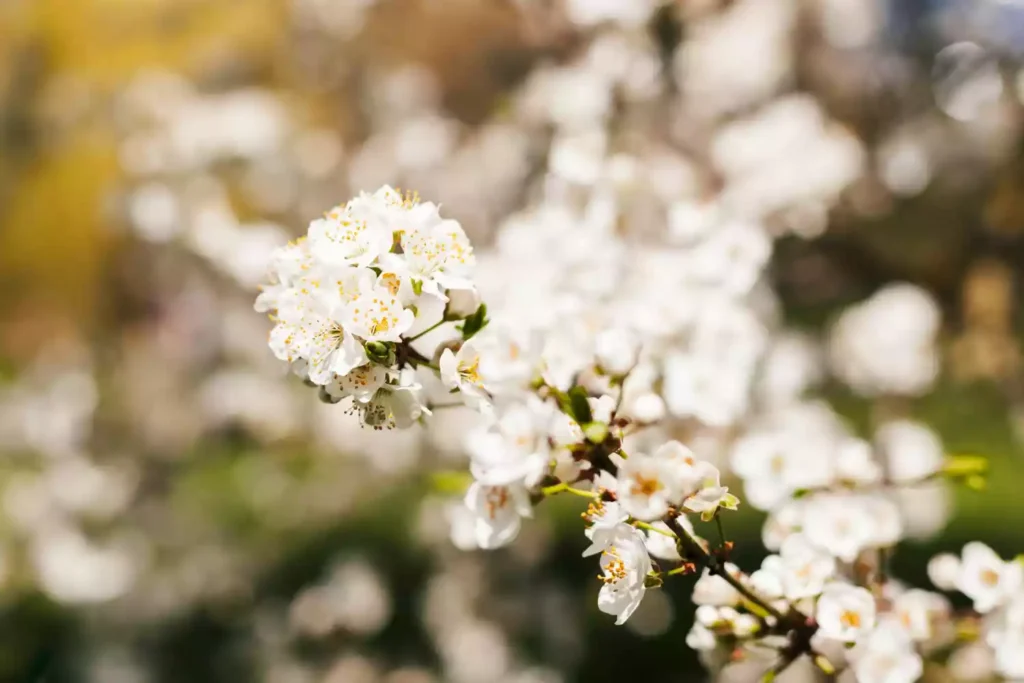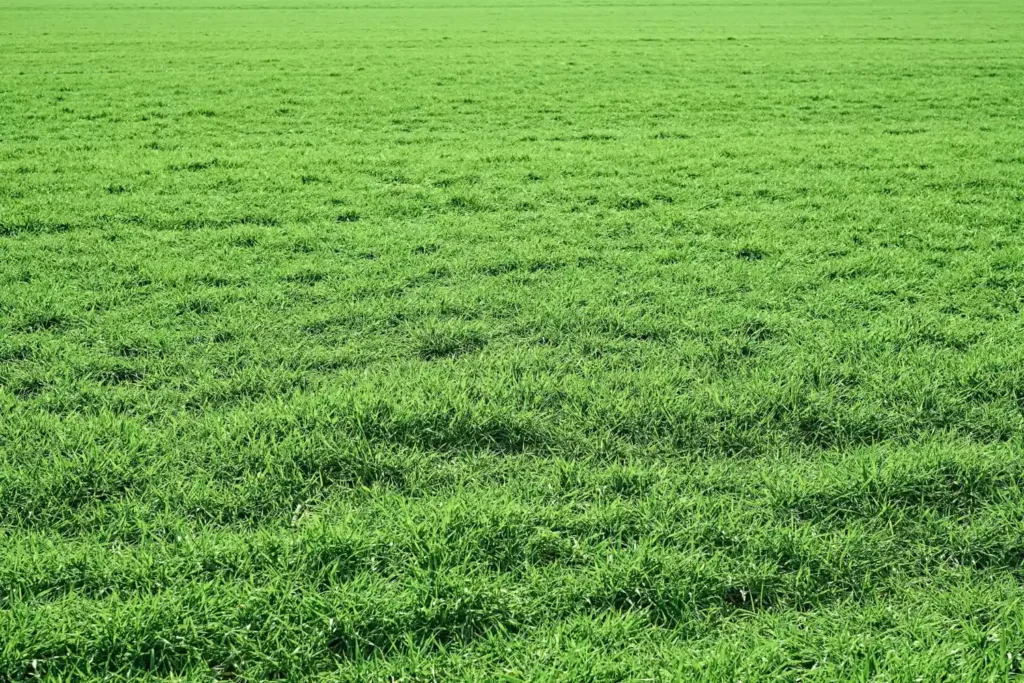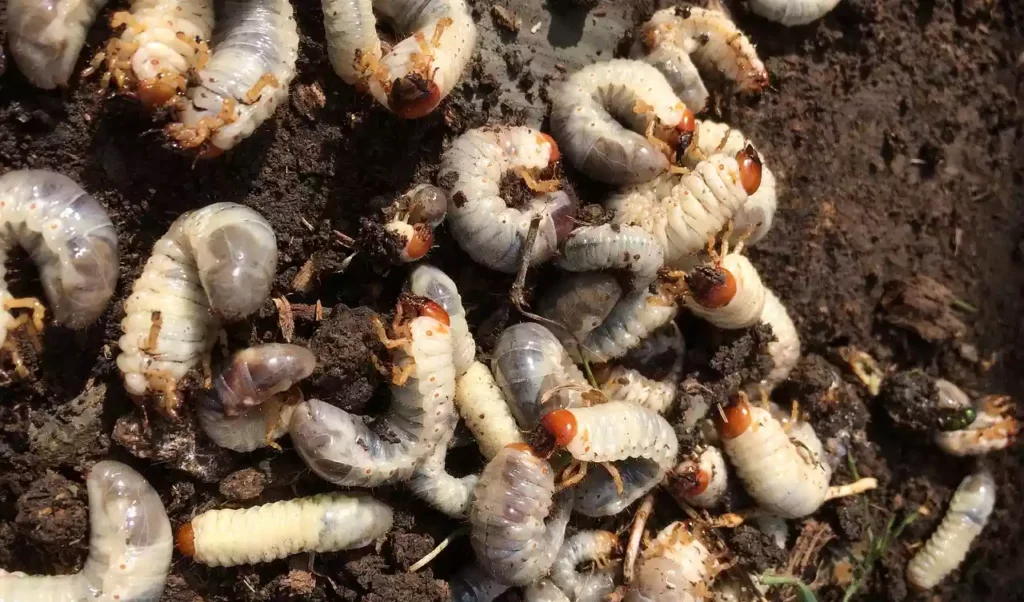As a plant lover, I’m always on the lookout for natural and sustainable ways to keep my potted plants healthy and thriving. And that’s why I’m excited to share with you the amazing benefits of worm castings, a nutrient-rich superfood that can do wonders for your potted plants.
Worm castings are the waste product of earthworms, and they’re packed with essential nutrients that plants need to grow and thrive. Not only are they a natural fertilizer, but they also improve soil porosity, contain helpful bacteria, and act as a natural growth hormone for plants.
In this article, we’ll dive into the many benefits of worm castings for potted plants and provide practical tips on how to use them effectively, whether you’re a seasoned gardener or just starting out.
So, let’s get started!
What are worm castings?
I absolutely love using worm castings for my potted plants! They’re a superfood for plants, improving soil conditions and overall health while rejuvenating soil regularly.
Worm castings also enhance plant growth and production, act as a natural deterrent against pests, and increase soil aeration and drainage, preventing root rot.
Are Worm Castings Good For Potted Plants?
Incorporating worm castings into the soil of container-grown flora can provide a plethora of benefits for their growth and overall health. Worm castings act as a natural fertilizer that releases nutrients slowly over time, ensuring a consistent supply of minerals for the plants. This can lead to an increase in plant growth and yield, as well as improved flavor in herbs and vegetables.
In addition to providing essential nutrients, worm castings also enhance the soil structure by increasing aeration and water retention. This helps prevent root rot and other diseases, while also promoting healthy root growth.
Overall, worm castings are a natural and sustainable option for potted plants that can lead to healthier and more productive flora.
Are worm castings really a natural fertilizer?
I’ve been using worm castings for my potted plants for a while now, and I’ve been wondering if it’s really a natural fertilizer.
Can I use worm castings instead of fertilizer for my houseplants?
I’ve also heard that it’s possible to give potted plants too much worm castings, so I want to find out if there’s any truth to that.
As someone who wants to keep their indoor plants healthy and thriving, I’m curious to learn more about the benefits and limitations of using worm castings as a natural fertilizer.
Can I Use Worm Castings Instead Of Fertilizer For Houseplants?
Ditch the fertilizer and give your houseplants a natural boost with the rich and nutrient-packed gold mine that is worm casting. Not only is it a natural and sustainable option, but it also has numerous benefits for your plants. Here are three reasons why you should consider using worm castings instead of fertilizer for your houseplants:
- Worm casting is a slow-release fertilizer that attracts and slowly releases nutrients, ensuring that your plants receive a steady stream of nutrients over time.
- Worm casting is rich in minerals that plants need to survive, including iron, sulfur, calcium, nitrogen, phosphorus, and potassium.
- Worm casting introduces healthy bacteria to your soil, which can help suppress plant diseases and increase nutrient uptake.
To use worm casting for your houseplants, simply mix it into your potting mix or use it as a top dressing. A good rule of thumb is to use 10-30% of worm casting in the potting mix and to add it from the beginning for even distribution.
With worm casting, you can rest easy knowing that you’re providing your houseplants with a natural and nutrient-packed boost that’ll enhance their growth and overall health.
Can You Give Potted Plants Too Much Worm Castings?
Be careful not to go overboard with the worm castings for your potted plants, as too much of a good thing can lead to nutrient deficiencies over time. While worm castings are a fantastic natural fertilizer, it’s important to use them in moderation to prevent waste and avoid harming your plants.
To ensure you’re using the correct amount of worm castings, refer to the table below. This will help you determine how much worm castings to use based on the size of your pot. Remember that worm castings are not a complete fertilizer, so it’s important to supplement with organic fertilizer every few weeks. Using worm castings correctly will lead to healthier, more vibrant plants with improved growth and disease resistance.
| Pot Size (inches) | Amount of Worm Castings (cups) |
|---|---|
| 4-6 | 1/8 |
| 8-10 | 1/4 |
| 12-14 | 1/2 |
| 16-18 | 3/4 |
| 20+ | 1 |
Worm castings as a natural growth hormone for plants
Boost your plant’s growth naturally with the superpowers of worm castings. They act as a gold mine of growth hormones and minerals that improve soil structure and enhance nutrient uptake. Worm castings contain a variety of substances that promote plant growth, including cytokinins, auxins, and gibberellins.
Cytokinins stimulate cell division and growth, while auxins promote root development, and gibberellins regulate plant height and flowering. In addition to growth hormones, worm castings are also rich in minerals like nitrogen, phosphorus, and potassium, which are essential for plant growth and development.
These minerals are slowly released into the soil as the worm castings break down, providing a steady source of nutrition for your plants. By using worm castings in your potted plants, you can improve their overall health and vitality, leading to increased yields and better flavor in your herbs and vegetables.
Worm castings improve soil porosity
Improving soil porosity is a key benefit of incorporating worm castings into your gardening routine, helping to prevent root rot and promoting healthy plant growth. Here are four reasons why worm castings can create a more porous soil:
- Worm castings are rich in humic acid, which helps to break down compacted soil and improve its structure.
- The fluffy texture of worm castings increases soil aeration, allowing roots to breathe and absorb nutrients more easily.
- Worm castings are a natural source of beneficial microbes that help to break down organic matter and create small air pockets in the soil.
- By improving soil porosity, worm castings can help to prevent water-logging and create a healthy environment for your potted plants to thrive.
Incorporating worm castings into your potting mix or using them as a top dressing can be a game-changer for your potted plants. By improving soil porosity, you can create a healthy environment for your plants to grow, prevent root rot, and increase nutrient uptake. So why not give it a try and see the difference it can make for your indoor garden?
Worm castings contain helpful bacteria
You’ll be amazed at how much healthier your indoor garden can become when you introduce helpful bacteria through the use of worm castings. Worm castings contain a plethora of microorganisms that support plant growth and health. These microorganisms include bacteria, fungi, and protozoa, all of which contribute to a thriving ecosystem in your potted plants.
To better understand the benefits of introducing helpful bacteria through worm castings, take a look at the table below. It showcases the positive effects of these microorganisms on plant growth and overall health. By using worm castings in your potted plants, you are not only providing them with essential nutrients but also creating a healthy environment where they can thrive. So, go ahead and give it a try – your plants (and your green thumb) will thank you!
| Positive Effects of Helpful Bacteria | Emotional Response |
|---|---|
| Enhances nutrient uptake | Excitement |
| Improves soil structure | Confidence |
| Increases water retention | Satisfaction |
How much worm castings is best to add?
Adding worm castings to your indoor garden is like giving it a secret weapon, but how much should you add to ensure the best results?
A good rule of thumb is to use 10-30% of worm casting in the potting mix. This means that for every 10 parts of soil, add 1-3 parts of worm castings. It’s best to add worm casting from the beginning for even distribution, rather than just adding it to the top layer of soil.
For already potted plants, deposit half an inch of worm casting and move the soil gently with a spoon. Repeat after a month, especially in summer weather.
However, worm casting should not be used for seedlings as it may be too strong for their young roots. It’s important to remember that while worm castings are an excellent addition to your plants, it’s still important to supplement with organic fertilizer every few weeks to provide a complete range of nutrients for your plants.
How often should you add worm castings to potted plants?
If you’re looking to maximize the benefits of worm casting for your indoor garden, it’s important to know how often to add it to your soil. Generally, it’s recommended to add worm castings to potted plants every month or so. This helps to maintain a steady supply of nutrients and beneficial microbes in the soil, which can lead to healthier and more vigorous plant growth.
However, it’s important to note that the frequency of adding worm castings may vary depending on the specific needs of your plants. For example, if you notice that your plants are not growing as quickly as they should be, or if they seem to be suffering from nutrient deficiencies, you may want to add more worm castings more frequently.
On the other hand, if your plants are already growing well and seem to be thriving, you may be able to reduce the frequency of adding worm castings to every few months or so. Ultimately, the key is to pay close attention to your plants and adjust your feeding schedule accordingly.
How to apply worm casting in case you have an already potted herb or plant?
To give your indoor herbs or plants a boost, try incorporating the nutrient-rich goodness of worm casting into their soil with these simple steps.
First, gently remove the top layer of soil, making sure not to disturb the roots. Then, add half an inch of worm casting to the surface of the soil and use a spoon to gently mix it in. This will ensure even distribution of the worm casting throughout the pot.
After applying the worm casting, water your plant thoroughly to activate the nutrients. Repeat this process once a month, especially during the summer months when plants are actively growing.
By using worm casting in your potted plants, you’ll be providing them with a natural and sustainable source of nutrients that will improve their overall health and vitality.
- Use a spoon to gently mix in the worm casting to ensure even distribution.
- Water the plant thoroughly after applying the worm casting to activate the nutrients.
- Repeat the process once a month, especially during the summer months.
Can You Use Only Worm Casting as Soil?
Now that we’ve covered how to apply worm casting to already potted plants, let’s discuss whether you can use only worm casting as soil.
While worm casting is a nutrient-rich and beneficial addition to soil, it’s not recommended to use it as the sole growing medium for potted plants. This is because worm casting, like other organic matter, decays over time and loses its physical and chemical properties, making it less effective in supporting plant growth.
Additionally, using only worm casting can lead to nutrient imbalances and deficiencies, as it doesn’t provide all the necessary nutrients that plants need to thrive. Therefore, it’s best to use worm casting as a supplement to a quality potting mix, rather than a replacement for it.
Do Worm Casting Burn Plants?
Worm casting can potentially harm plants if used improperly, so it’s important to understand whether it can cause burns. The answer is yes, but only if you use too much of it.
Worm casting is rich in nutrients, especially nitrogen, which can cause a burn effect if not properly balanced with other elements in the soil. When there is too much nitrogen in the soil, it can affect the pH level and water retention, leading to plant damage.
However, when used in moderation, worm casting is a safe and effective fertilizer for potted plants. A good rule of thumb is to use 10-30% of worm casting in the potting mix and to supplement it with other organic fertilizers every few weeks.
By doing so, you can reap the benefits of worm casting without harming your plants. Remember, balance is key when it comes to using worm casting in potted plants.
Do Worm Casting Smell?
It’s quite amusing how a substance as beneficial as worm casting can also have a rather unpleasant odor. As someone who’s been using worm castings in my potted plants for a while now, I can attest to the fact that the smell can be quite strong. However, it’s important to note that the smell is not an indication of its effectiveness.
Here are a few things to keep in mind about the smell of worm castings:
- Excess water or food can cause a bad smell during production.
- Inadequate procedures in producing worm castings can cause an unpleasant smell.
- The smell of worm castings can vary depending on the type of food the worms were fed.
- The smell should dissipate over time and should not linger in the soil.
Despite the smell, I still highly recommend using worm castings in your potted plants. The benefits far outweigh the temporary unpleasantness. Just make sure to store it properly and use the correct amount for your pot size to avoid waste and potential nutrient deficiency over time. Plus, the end result of healthy and thriving plants is definitely worth it.
Will worm grow from worm casting?
If you’re wondering whether you’ll have a sudden infestation of worms in your garden after using worm casting as fertilizer, you can rest assured that the chances are minimal, as worm casting does not contain worm eggs. While worm casting is essentially undigested food rich with microbes, it has already gone through the digestive system of the worms, so the likelihood of having worms grow from it is very low.
Moreover, worm casting has undergone a heating process that kills off any remaining worm eggs or larvae, making it safe to use in your potted plants. However, if you want to ensure that there are no worms in your worm casting, you can sift it before using it. Sifting the worm casting can also help break up any clumps and make it easier to mix with soil or use as a top dressing.
Overall, using worm casting as a fertilizer in your potted plants is a safe and effective way to improve soil health and plant growth without the risk of having worms grow in your garden.
How To Use Worm Castings In Potted Plants
When it comes to using worm castings in potted plants, there are a few ways to get the most out of this nutrient-rich substance.
First, I like to add it as a top dressing, sprinkling it over the soil and gently working it in.
For repotting, I mix it in with the potting mixture to give my plants an extra boost of nutrients.
And when I want to really give my plants a treat, I make ‘worm tea’ out of the castings by mixing them with rainwater and letting it soak for 24 hours.
These three methods are easy to do, and they help ensure that my plants stay healthy and strong.
Add it as a top dressing
Sprinkle those magical worm castings on top of your potted plant soil like confetti, and watch your green babies grow into jungle giants! Adding worm castings as a top dressing is one of the easiest ways to incorporate this superfood into your plant care routine.
Here are some tips on how to do it:
- Determine the amount of worm castings needed based on the size of your pot. A good rule of thumb is to use a quarter cup of worm castings for every 6 inches of pot diameter.
- Gently sprinkle the worm castings on top of the soil, making sure to cover the entire surface area.
- Use a spoon or fork to mix the worm castings into the top layer of soil, being careful not to disturb the roots.
- Water your plant as usual, allowing the water to seep through the worm castings and into the soil.
Adding worm castings as a top dressing is a great way to provide your plants with a slow-release source of nutrients that will continue to benefit them over time. Plus, it’s a simple and easy method that requires very little effort on your part. So go ahead, sprinkle some worm castings on your potted plants and watch them thrive!
Use it as a repotting mixture
Upgrade your plant’s living situation by mixing in some of this nutrient-rich gold mine with fresh soil when you repot. Worm castings are an excellent addition to your repotting mixture, providing a boost to your plant’s overall health.
When repotting, mix in 10-30% worm castings with fresh soil to give your plant a nutrient-rich foundation to grow in. When mixing in worm castings, be sure to break up any clumps to ensure even distribution throughout the soil.
Adding worm castings to your repotting mixture can improve soil structure, enhance nutrient uptake, and increase water retention, all of which are important for healthy plant growth. Plus, using worm castings is an easy and natural way to give your potted plants a boost, leading to increased yields and better flavor in herbs and vegetables.
So, next time you repot your plants, consider using worm castings to give them the best possible start.
Make “worm tea” out of the worm castings
Want to take your plant care routine to the next level? Learn how to make ‘worm tea’ from those worm castings you’ve been using for your garden. It’s a nutrient-packed liquid fertilizer that’s easy to make and can give your plants the boost they need to thrive.
Here are four reasons why I love making worm tea for my potted plants:
- It’s a natural and sustainable fertilizer option that doesn’t harm beneficial insects or microorganisms in the soil.
- The nutrients in worm tea are immediately available to plants, so they can absorb them quickly.
- It’s a great way to use up excess worm castings and prevent waste.
- The tea can be used as a foliar spray, which can help protect plants from pests and disease.
To make worm tea, simply mix 2 cups of worm castings into a 5-gallon bucket of rainwater. Let it soak for 24 hours, stirring occasionally. Use the tea within 2 days for the most potency.
Your plants will thank you for this nutrient-rich boost!
Conclusion
So there you have it, fellow plant enthusiasts! Worm castings are an excellent natural and sustainable way to improve the health and growth of your potted plants.
Not only do they offer a wide range of benefits, from improving soil conditions and deterring pests to boosting plant growth and flower production, but they’re also easy to use and safe for the environment.
By incorporating worm castings into your potting soil, you can provide your plants with essential nutrients and growth hormones that’ll help them thrive. Additionally, the helpful bacteria found in worm castings can improve soil porosity and overall plant health.
So why not give it a try and see the difference for yourself?
In conclusion, if you’re looking for a natural and effective way to improve your potted plants’ health and growth, adding worm castings to your soil is the way to go. So, do you want to take your plant game to the next level? Try using worm castings and watch your plants flourish!

